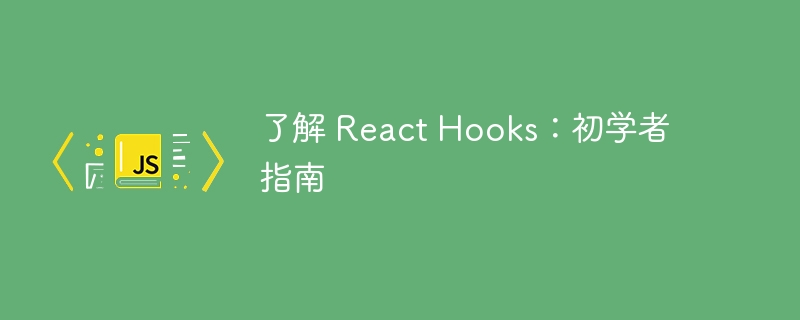
React Hooks 速成指南
React Hooks是React框架中的一项强大功能,它简化了函数式组件的状态和副作用管理,让代码更清晰易读。本文将重点介绍三个常用的Hooks:useState、useEffect和useContext。
1. useState:函数组件状态管理利器useState Hook让函数组件也能轻松管理状态,无需转换为类组件。
示例:
1
2
3
4
5
6
7
8
9
10
const Counter = () => {
const [count, setCount] = React.useState(0);
return (
<div>
<p>当前计数:{count}</p>
<button onClick={() => setCount(count + 1)}>递增</button>
</div>
);
};
工作机制:
useState 返回一个数组,包含当前状态值和一个用于更新状态的函数。 可用于管理各种类型的数据,包括数字、字符串、对象和数组。 2. useEffect:高效处理副作用useEffect Hook用于处理副作用,例如API调用、订阅和DOM操作。
示例:
1
2
3
4
5
6
7
8
9
10
11
const DataFetcher = () => {
const [data, setData] = React.useState(null);
React.useEffect(() => {
fetch(https://api.example.com/data)
.then(response => response.json())
.then(data => setData(data));
}, []); // 空数组确保只在挂载时执行一次
return <div>{data ? JSON.stringify(data) : 加载中...}</div>;
};
关键点:
第二个参数(依赖项数组)控制副作用的执行时机。 使用空数组[],则副作用只在组件挂载后执行一次。 3. useContext:简化全局状态访问useContext Hook简化了对全局数据的访问,避免了在组件树中层层传递props。
示例:
1
2
3
4
5
6
7
8
9
10
11
12
13
14
15
16
17
18
19
20
21
22
23
24
25
26
27
28
const ThemeContext = React.createContext();
const ThemeProvider = ({ children }) => {
const [theme, setTheme] = React.useState(light);
return (
<ThemeContext.Provider value={{ theme, setTheme }}>
{children}
</ThemeContext.Provider>
);
};
const ThemeToggler = () => {
const { theme, setTheme } = React.useContext(ThemeContext);
return (
<button onClick={() => setTheme(theme === light ? dark : light)}>
切换主题:{theme}
</button>
);
};
// 在App组件中使用
const App = () => (
<ThemeProvider>
<ThemeToggler />
</ThemeProvider>
);
useContext 的优势:
避免了“props 钻取”(在组件树中层层传递 props)。 非常适合管理全局主题、用户数据或应用设置。总结
React Hooks使函数组件更强大、更灵活。通过useState、useEffect和useContext,您可以轻松管理状态、副作用和全局数据,而无需使用类组件。
你最常用的 React Hook 是哪个?欢迎在评论区分享!
以上就是了解 React Hooks:初学者指南的详细内容,更多请关注php中文网其它相关文章!

